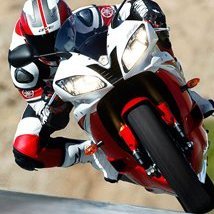I incorporated nanoflann( https://github.com/jlblancoc/nanoflann) wrappers into PyRx.
Although other efficient KD-Tree implementations exist in Python, such as pykdtree, the wrapper is specifically designed for AcGePoint2d/AcGePoint3d, eliminating the need for type conversions.
How can these structures be beneficial in CAD?
in this example, we search for a phone within a certain radius of each computer. Additionally, we can identify computers that do not have phones.
We could also do something like, search all MTexts on the Layer "Employee" to determine whether they are near a chair, phone, or computer.
import traceback
from pyrx import Ap, Ax, Db, Ed, Ge, Gi, command
# radiusSearch
@command
def doit():
db = Db.curDb()
phones, computers = getBlocks(db)
result = []
# create the tree of phone locations
phonePoints = Ge.Point3dArray()
for phone in phones:
phonePoints.append(phone[1])
phoneTree = Ge.Point3dTree(phonePoints)
# search for nerby phones
for computer in computers:
idxs, _ = phoneTree.radiusSearch(computer[1], 50 * 50)# sqrd
if len(idxs) == 0:
print("no phone")
continue
for idx in idxs:
result.append((computer, phones[idx]))
for cpu, phn in result:
Ed.Core.grDraw(cpu[1], phn[1], 2, 0)
# helper, store the id and position
def getBlocks(db: Db.Database):
phones = []
computers = []
model = Db.BlockTableRecord(db.modelSpaceId())
refs = [Db.BlockReference(id) for id in model.objectIds(Db.BlockReference.desc())]
for ref in refs:
if ref.getBlockName() == "COMPUTER":
computers.append((ref.objectId(), ref.position()))
elif ref.getBlockName() == "FNPHONE":
phones.append((ref.objectId(), ref.position()))
return phones, computers


